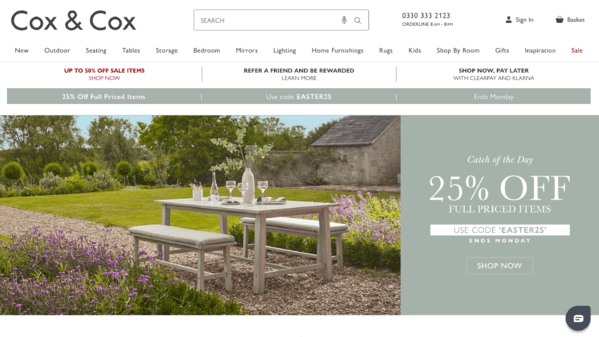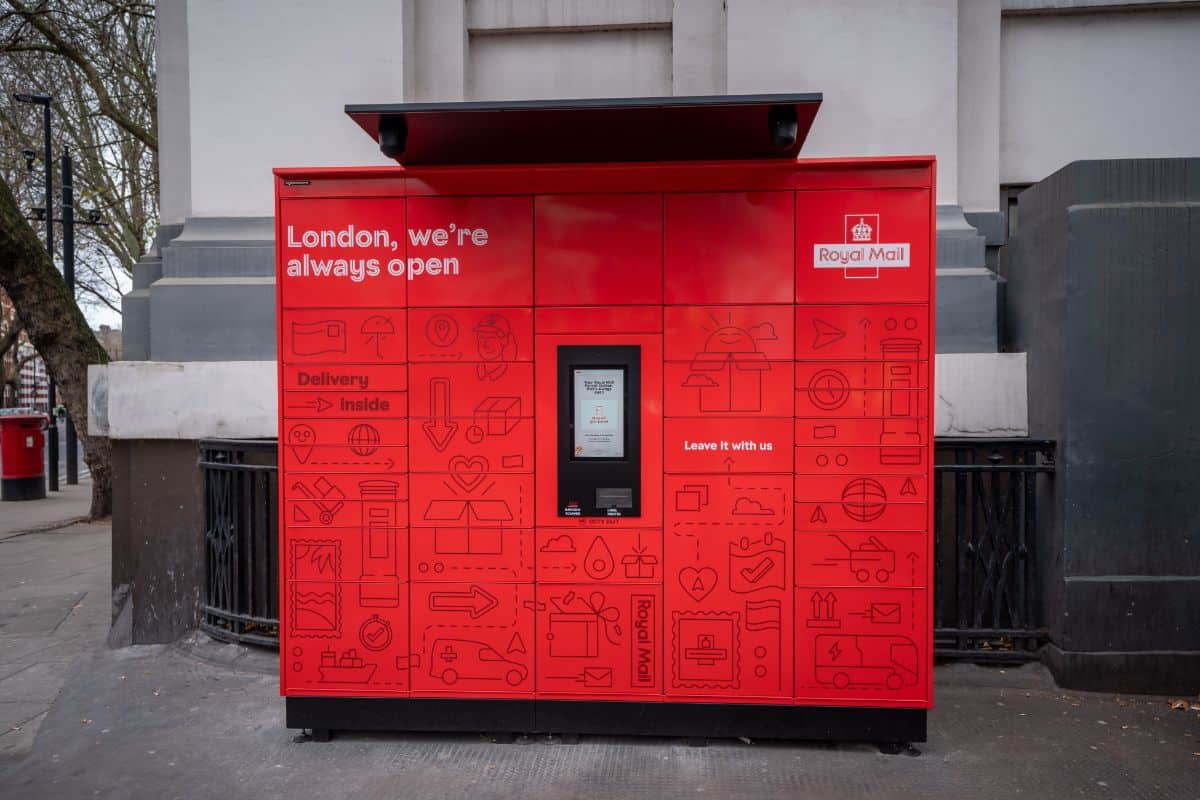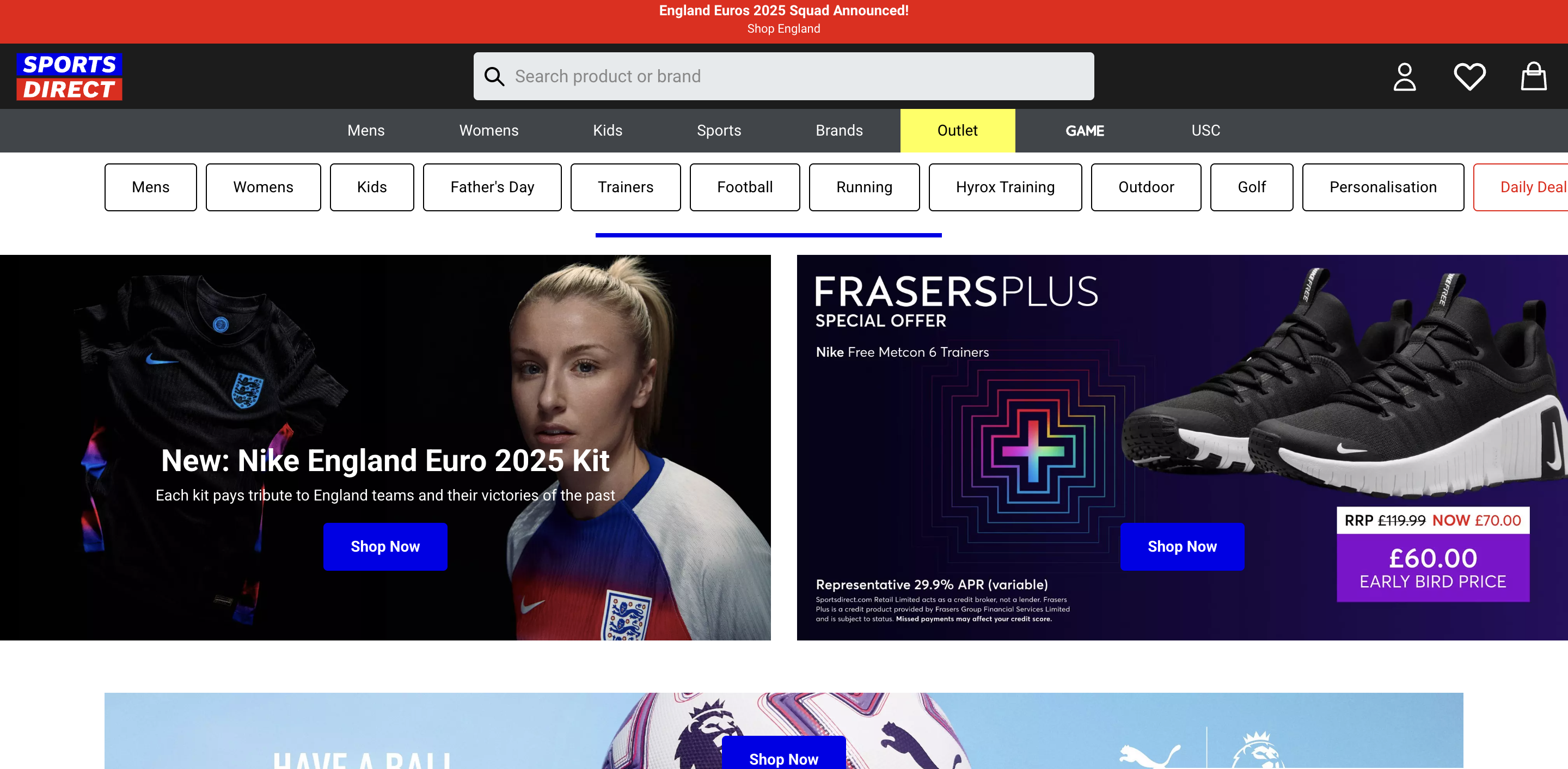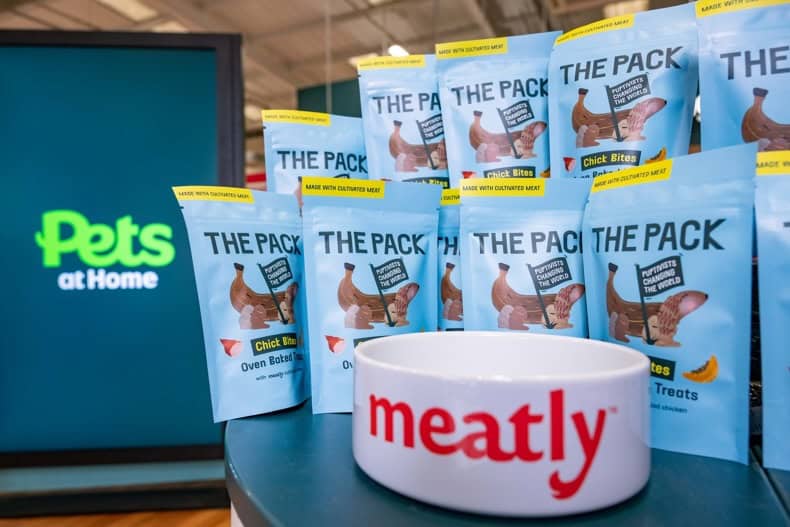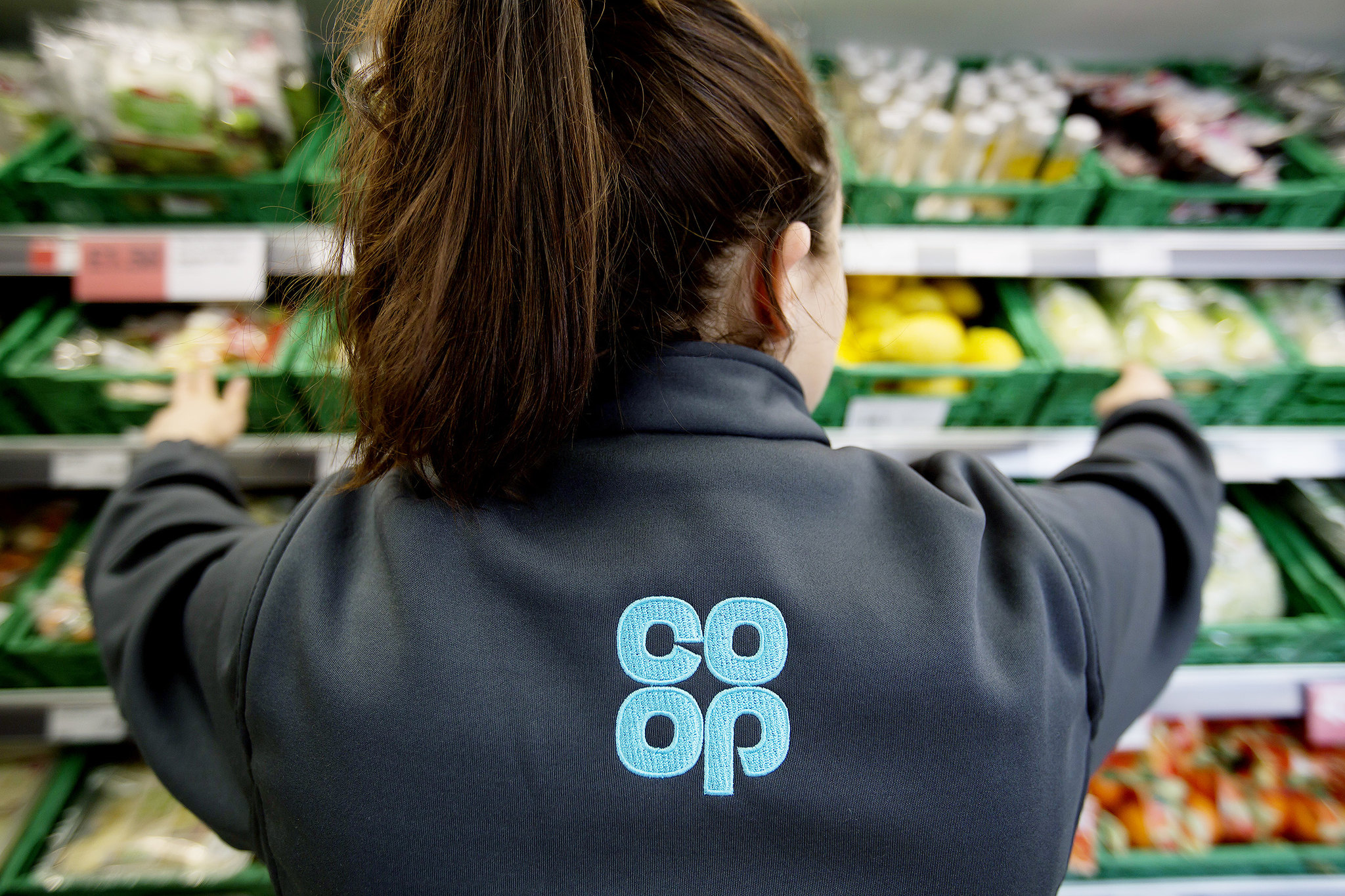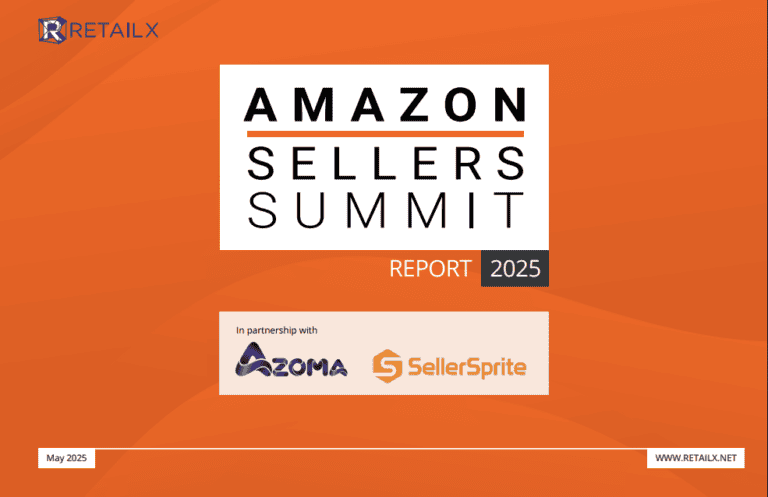Cox & Cox is a homeware brand leveraging new technology to reimagine the online customer experience.
Fuelled by a desire to merge fashion with furniture, the pureplay was launched in 2001 by stylist and BBC makeover guru, Fiona Cox.
Recently, Cox & Cox has seen strong growth, with sales rising by 105% year-on-year in 2021. The company has also gained an additional 200,000 followers on Instagram over the past two years.
Ahead of our virtual roundtable, Digital Editor, Scarlette Isaac, spoke to Aynsley Peet, ecommerce director at Cox & Cox about the strategy behind the brand’s ongoing success.
Thumbnail description of your role?
“I’m the ecommerce director at Cox & Cox where I’ve worked for six years now. My role is mainly concerned with ecommerce direction and operations of the business.”
How are you using technology to grow your business?
“We’ve added in a few different technologies recently, such as 3D models and also room builders.
“For example, you can rotate the item of furniture you’re browsing – if you’re using a mobile device, you can actually click on the AR and place the sofa inside your room to see what it would look like. Our room builder allows customers to add products to a room using the same dimensions. You can add in a sofa, change the lighting, move tables – it even uses Cox & Cox paint.”
What is your USP?
“I think what differentiates us is that we do a lot of our own imagery and spend a lot of time on that, including building room scenes. We want customers to feel comfortable seeing collection Cox & Cox products in a natural setting.
“As part of that initiative, we’ve started to collect user generated content. It’s a great way to showcase our products and really helps customers picture the furniture in their homes. Of those people browsing, we’ve seen 30% actually click on and engage with the images, in addition to a 6% conversion rate.”
What are your main KPIs?
“Overall, our KPIs are mostly looking at ecommerce conversion rates. I think that’s the one key metric because traffic is just so hard for us to predict, it went up rapidly and now it’s gone flat – so we’re not really looking at that.
“We’re looking at bounce rate as well and that’s an area that has really improved for us. We currently have a 38%-40% bounce rate, so we’re pretty happy with the customers coming onto the site.”
What would you say is the main driver of this growth?
“I’ve got to be honest, it’s the pandemic. Obviously, people were at home and we were fortunate being ecommerce – we had a fairly strong tech base of technologies in place. We really started to grow the business, as well as our Instagram which is approaching 400,000 followers.
“During the pandemic our demographics did slightly change too. Our most popular demographic is people aged 35-44 but this time last year our main customers were 25-34. We were in a good position, people were in lockdown investing in their homes and getting into DIY. “
On marketplaces
“We’re currently on Joules, Next and Very. That area is really growing and it’s just a great way to reach new customers who may not know about Cox & Cox. We’re also looking at launching our own marketplace in the future.”
Future plans?
“We’re on a journey. I think it’s been a bit easier for us to last two years and it’s going to be tough for these next two years. It’s really important to be doing all we can and primarily, that’s about using technologies.”
To find out more about digital leaders in the furniture industry, register for our free and confidential roundtable taking place May 5th at 11:00am.
We’re looking for retailers that would like to join and add to the conversation, and while Aynsley’s bravely kicked us off we’d love to get your views, questions and contribution too. If you’re interested, please contact our event manager at sophie@internetretailing.net.
In the meantime, check out our Furniture 2021 Sector Report.
